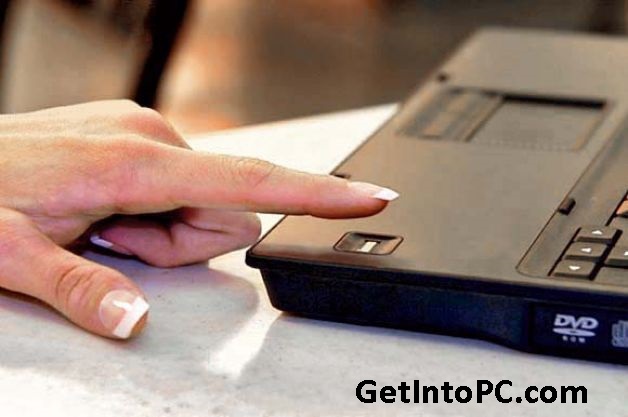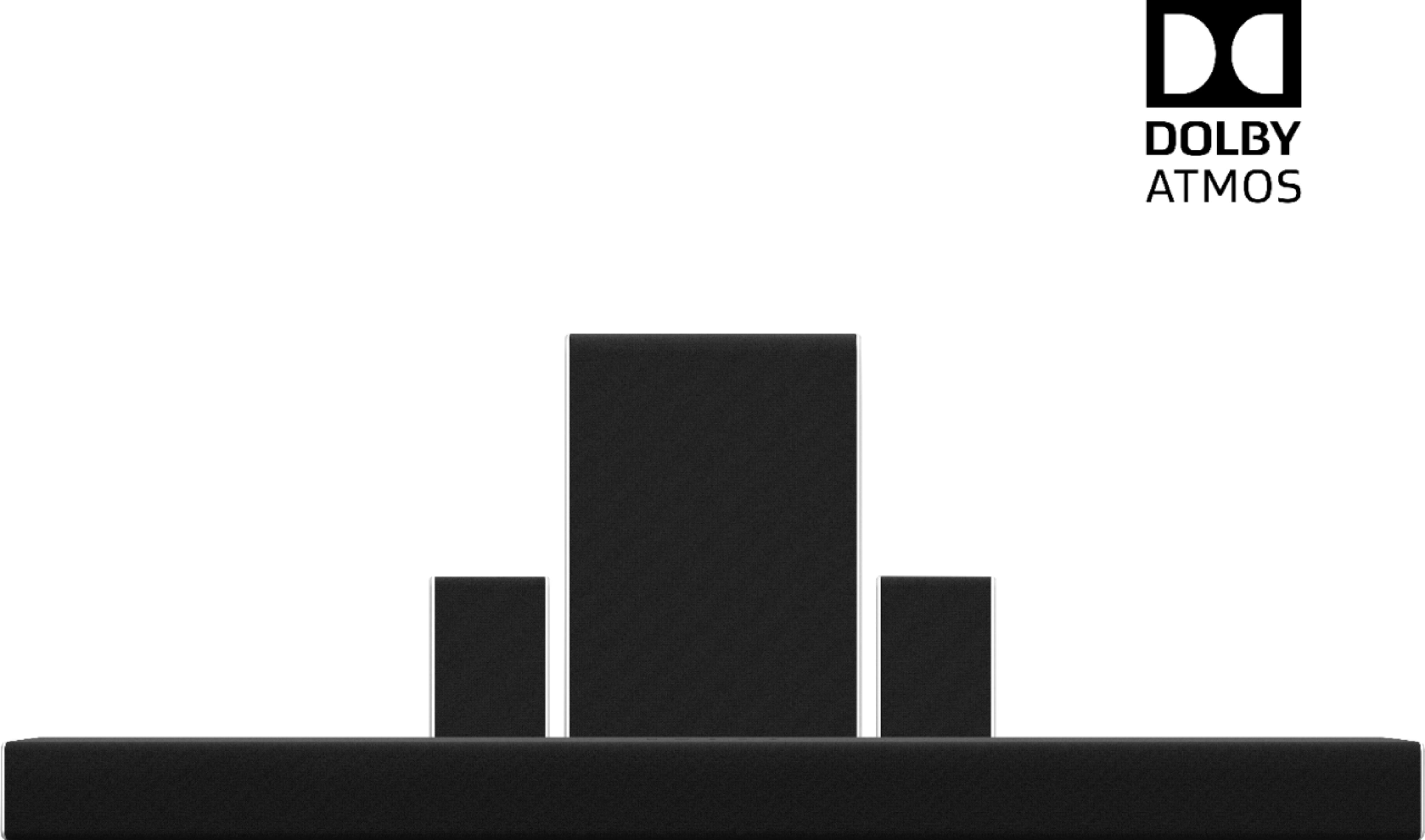This article clarifies some confusion that vendors have experienced about how hardware that complies with PCI Power Management (PCI-PM) interacts with device drivers in the operating system and about how PCI-PM integrates with ACPI. For more information, see https://www.uefi.org/specifications
Use the following directions to program your viZio Universal remote control. Manually turn on your TV (or device you want to control) Press the TV (or device) button and hold for 5 seconds until the LED flashes twice. LED will remain lit. Find the programming code for your TV (or device) in the code list and enter it using the Number Buttons. Download VIZIO SmartCast Mobile™ apk 1.9.1.2.pg.rc-2.release for Android. Remote Controls and Entertainment Discovery for your VIZIO SmartCast™ devices.
Device drivers and PCI power management
This discussion assumes that you are familiar with how Windows Driver Model (WDM) drivers handle power management events, as described in the current Windows DDK. In general, the responsibilities for device drivers are as follows:
Bus drivers: Bus drivers are responsible for enumerating, configuring, and controlling devices. For PCI-PM, the PCI driver is responsible for reading the PCI-PM registers to determine the capabilities of the hardware. When POWER IRPs request power state changes, the PCI driver writes to the PCI power management registers to set the hardware to different Dx states.
When a device is enabled for wake-up, the PCI driver writes to PCI-PM registers to enable the device to fire PME (ACPI will also take an action, see the next section). Finally, when ACPI determines that the PCI bus is waking the system, the PCI driver scans PCI configuration space looking for which device is asserting PME, disables PME in that device, and notifies the driver for that device.
Device driver: The specific driver for the device is responsible for saving and restoring device context, and requesting power state changes as the policy owner for the device. When the device driver receives a POWER IRP requesting a lower device power state change, the device driver is responsible for saving any proprietary device context needed to later turn on the device. In some cases, there may be nothing to save.
PCI-PM registers are strictly the domain of the PCI driver--the IHV's device driver does not need to access any of these registers. Doing so would cause the system to not work reliably. The device driver's responsibility is to perform only proprietary actions.
Integrating ACPI and PCI PM
Some devices, particularly motherboard video devices in portables, may require both PCI Power Management as well as ACPI Source Language Assembler (ASL) to completely power manage the device. The PCI Power Management registers would control the internal state of a device, such as internal clocks and power planes. ASL would control the external state, such as external clocks and power planes, or in the case of video controllers, ASL would control the video backlights. Note that ASL and PCI-PM can only be combined on motherboard devices.
The OnNow architecture is a layered architecture, handling the integration of the device driver, PCI driver, and ACPI driver (and ASL) naturally. The following scenarios show the order in which drivers are called to handle these devices.
Note
For the above scenarios to work as described, a WDM driver must forward POWER IRPs correctly as described in the current version of the Microsoft Windows DDK.
Scenario 1: Turning off a device
Vizio Input Devices Driver Download Windows 7
- Device driver: Saves proprietary device state.
- PCI driver: Saves Plug and Play configuration, disables the device (interrupts and BARs), and puts the device in D3 using PCI-PM registers.
- ACPI driver: Runs ASL code (_PS3 and _OFF for power resources no longer in use) to control the state external to the chip.
Scenario 2: PCI power management and device drivers
- ACPI driver: Runs ASL code (_PS0 and _ON for any OnNow required power resources) to control the state external to the chip.
- PCI driver: Puts the device in D0 using PCI-PM registers and restores Plug and Play configuration (interrupts and BARs--these might be different from what the device was previously on).
- Device driver: Restores proprietary context in the device.
Scenario 3: Enabling wake-up
- Device driver: Sets proprietary registers in the chip to enable wake-up. For example, in pattern matching network wake-up, this is when the patterns would be programmed into the adapter.
- PCI driver: Sets the wake-up enable bits in the PCI PM registers to allow the device to assert PME.
- ACPI driver: Enables the GPE in the chip set associated with PME (as described by the _PRW object listed under the root PCI bus).
Vizio Input Devices Driver Downloads
Scenario 4: Wake-up

- ACPI driver: Wakes and scans the GPE status bits for wake-up events, disabling GPEs for set GPE status bits, and running any _Lxx or _Exx methods associated with set GPE bits. In response to a wake-up notification on the PCI bus, the ACPI driver will complete the PCI driver's WAIT_WAKE IRP to notify the PCI driver that it is waking the system.
- PCI driver: Scans configuration space looking for any devices with a set PME status bit. For each device, it disables PME and completes the WAIT_WAKE IRP for that device to inform the driver that it is asserting wake-up. The PCI driver stops scanning for wake devices when it has made a complete pass through all PCI devices having not found any asserting PME and when PME stops being asserted.
- Device driver: Requests the device be put in D0 (see scenario 2) and sets any proprietary registers in the chip required to handle the wake-up event.
Call to action on PCI power management and device drivers
- Integrate ACPI and PCI-PM capabilities into your devices as described in this article.
- The PCI Power Management specification is available at https://www.pcisig.com. This link leaves the Microsoft.com site.
- ACPI Specification available at https://www.uefi.org/specifications. This link leaves the Microsoft.com site.
- The ACPI Component Architecture (ACPICA) compiler can be found at https://acpica.org/downloads/binary-tools.
Nowadays it is convenient to put movies on USB flash drive and play on Vizio Smart TV via USB port. However, many people are confused that their Vizio TV even can't recognize your USB storage devices or you can play certain MP4 files from USB on Vizio TV but fail to play other MP4 files due to the unknown reasons. So what's the matter? How can we solve the MP4 and Vizio TV incompatible issues? Read on for details.
Why Vizio TV not recognize your USB storage devices?
The usage for the USB port(s) on your Vizio television will depend upon the model. Check the manual or technical specifications online to determine if the USB port(s) that is on your television is for use by a service technician only or can be used for multi-media purposes. If the USB port on your Vizio TV is capable of reading the multimedia file type, to let the MP4 file work properly on Vizio TV from USB, please follow the suggestions below:

- Make sure the drive is formatted to FAT32
- Use a USB drive that is 8GB or less
- Make sure that the file is Vizio TV USB port readable file format
- Reduce the number of files on the drive being used
- Reduce the size of the file (if possible)
- Try multiple files of the same format to verify that the initial file was not corrupted
Why Vizio TV doesn't Play MP4 files from USB?
Vizio TV can allow its users to transfer video files from their computer, hard drive or other sources to Vizio TV for playback via the built-in HDMI cable and HDMI ports, but the transferred video files must be in the video formats supported by Vizio TV. The video formats supported by each model of Vizio TV differ from other models, but most of models of Vizio TV prefer H.264 video and AAC audio. Besides Vizio TV also prefer video resolution in 1920 x 1080 (1080p). The preferred video format and video resolution will fully help you to understand why sometimes your Vizio TV can not play your video file or you only get audio no video or you always encounter black screen even though the video file is in the supported list.
For your information, MP4 is a format container with different codecs. The video and audio files in different MP4 files can be encoded with different codecs. And MP4 file with DTS audio can't be rendered on Vizio Smart TV.
How to Get MP4 and Vizio TV to Play Nicely from USB?
Luckily, the problem is easy to solve - all you have to do is convert the MP4 to Vizio TV compatible MP4 format with H.264 video and AAC audio. Along with some help from third-party program like EaseFab Video Converter, you can effortlessly get the job done. This program features high efficiency and seamless conversion. With it, you can do batch conversion from MP4, MKV, MTS, AVI, VOB, MOV and more to Vizio Smart TV highly compatible H.264 MP4 files without quality loss. Plus, it offers kinds of preset profiles for media players including iPad, iPhone, Nexus 7, Nexus 10, Nook HD, Samsung Galaxy Tab, Galaxy S7, etc to meet your different needs. If you are Mac users, please turn to Video Converter for Mac. Below is how to do it.
Convert and Compress MP4 files for Vizio TV USB Playback

Step 1. Add MP4 videos
Start the Vizio TV Video converter and drag .mp4 files to the software interface to import the file. (Note: batch conversion is supported, so you can load more than one file to save time.)
Step 2. Choose the right videos as output file format
Choose 'MP4' as the output format from 'Profile' > 'Common Video' as the output format. If you'd like to generate HD MP4 videos, you can select ' HD Video' > 'MP4-HD'.
Adjust the output video/audio codec
By default, the output files are encoded with H.264 video codec and AAC audio codec and you don't need to adjust again. You can click 'Settings' button to customize these settings. Video size, bitrate and fame rate are flexible and can be adjusted as you like. keep in mind that bitrate higher results in big file size, and lower visible quality loss, and vice versa.
Step 3. Start the MP4 to Vizio TV conversion
Hit the Convert button; this video converter will start to convert MP4 to H.264 MP4 for playback on Vizio Smart tv through USB drive in no time.
After the conversion is over, connect the USB drive with computer and head to the destination folder where the converted files are stored, transfer the converted MP4 files to the USB drive then plug the drive in the Vizio TV. Enjoy.

